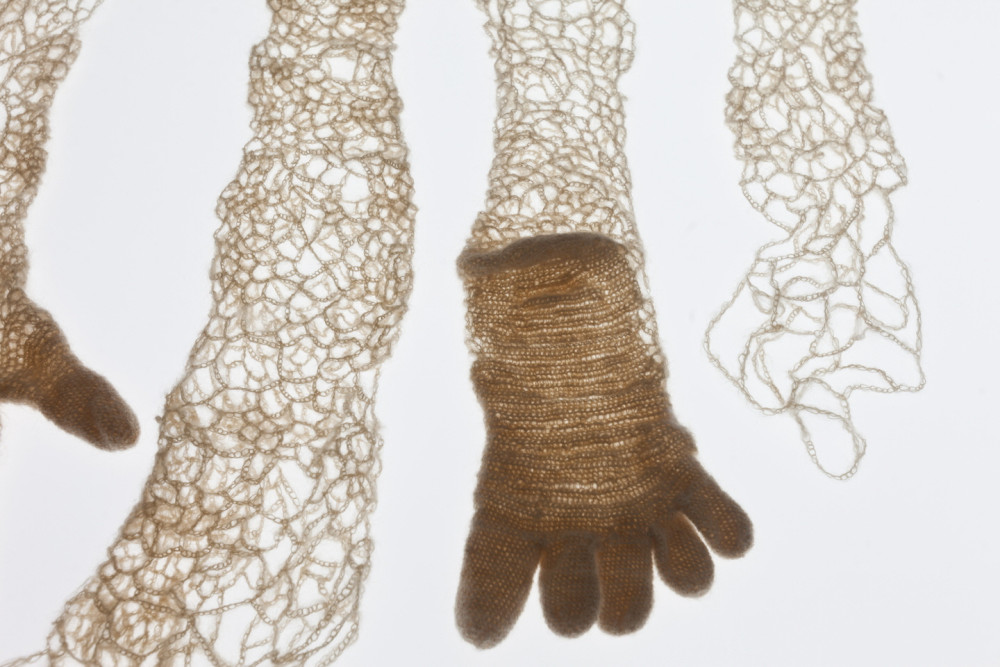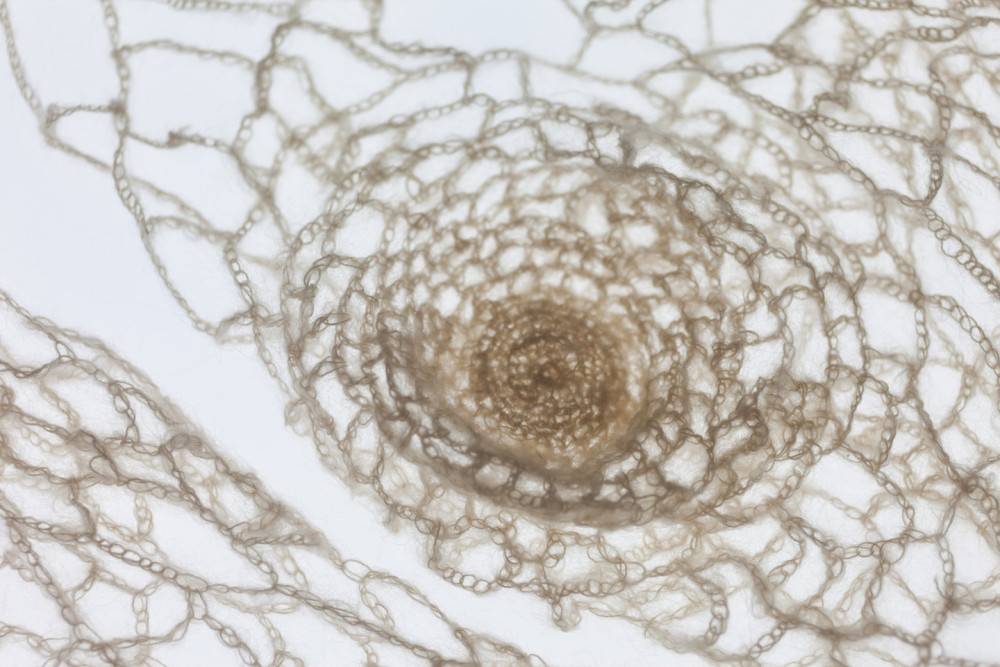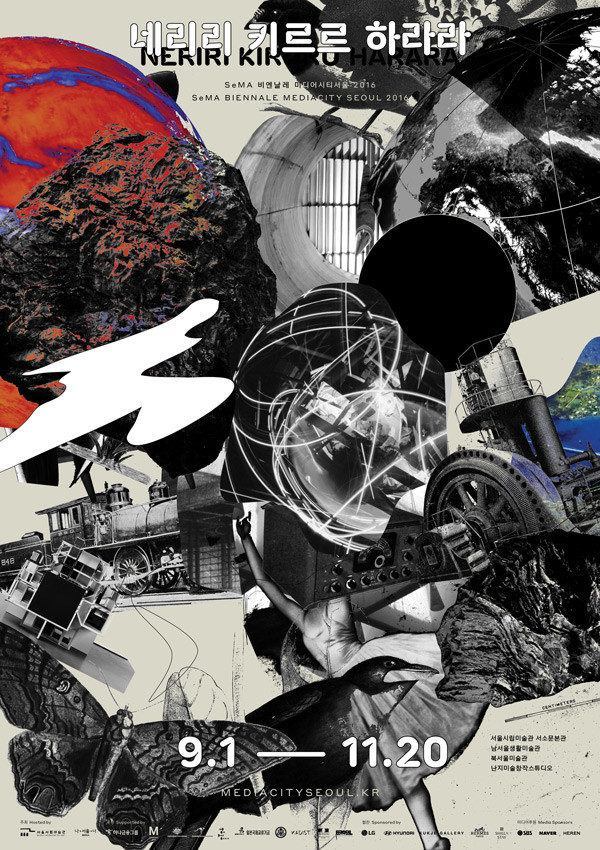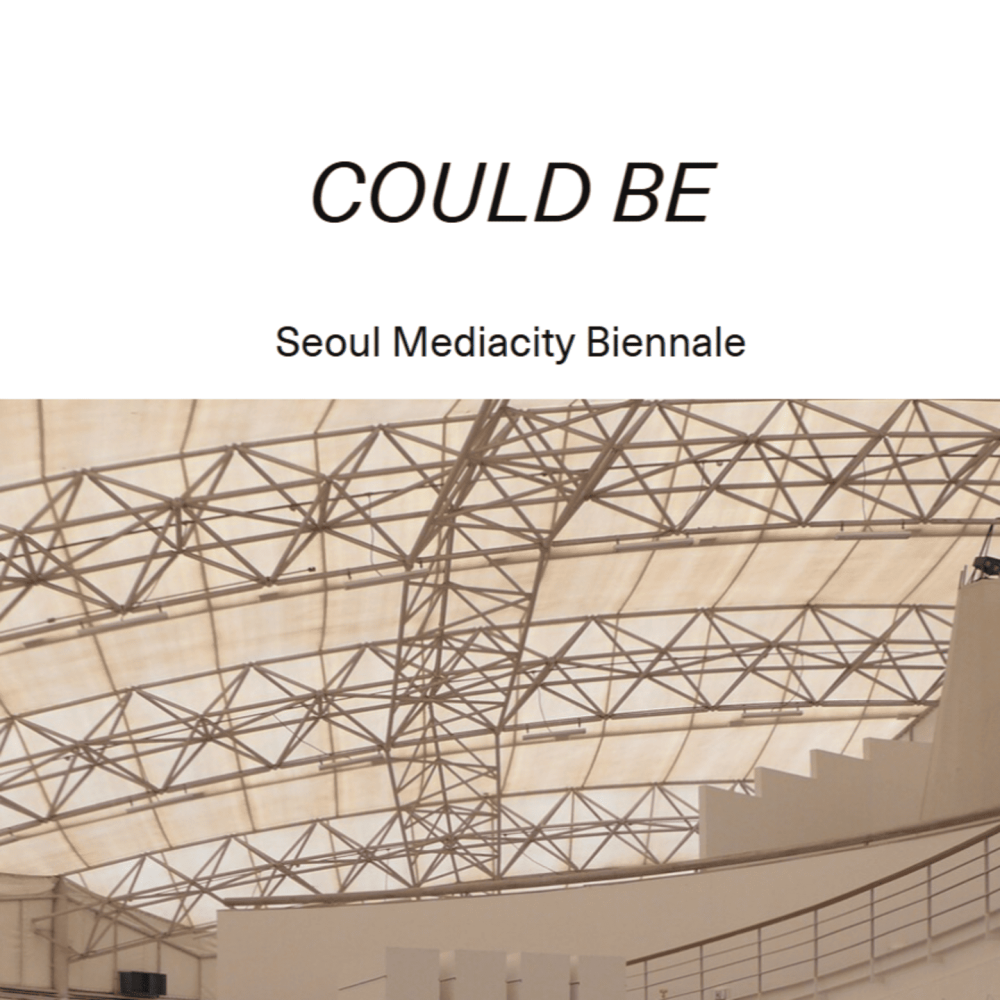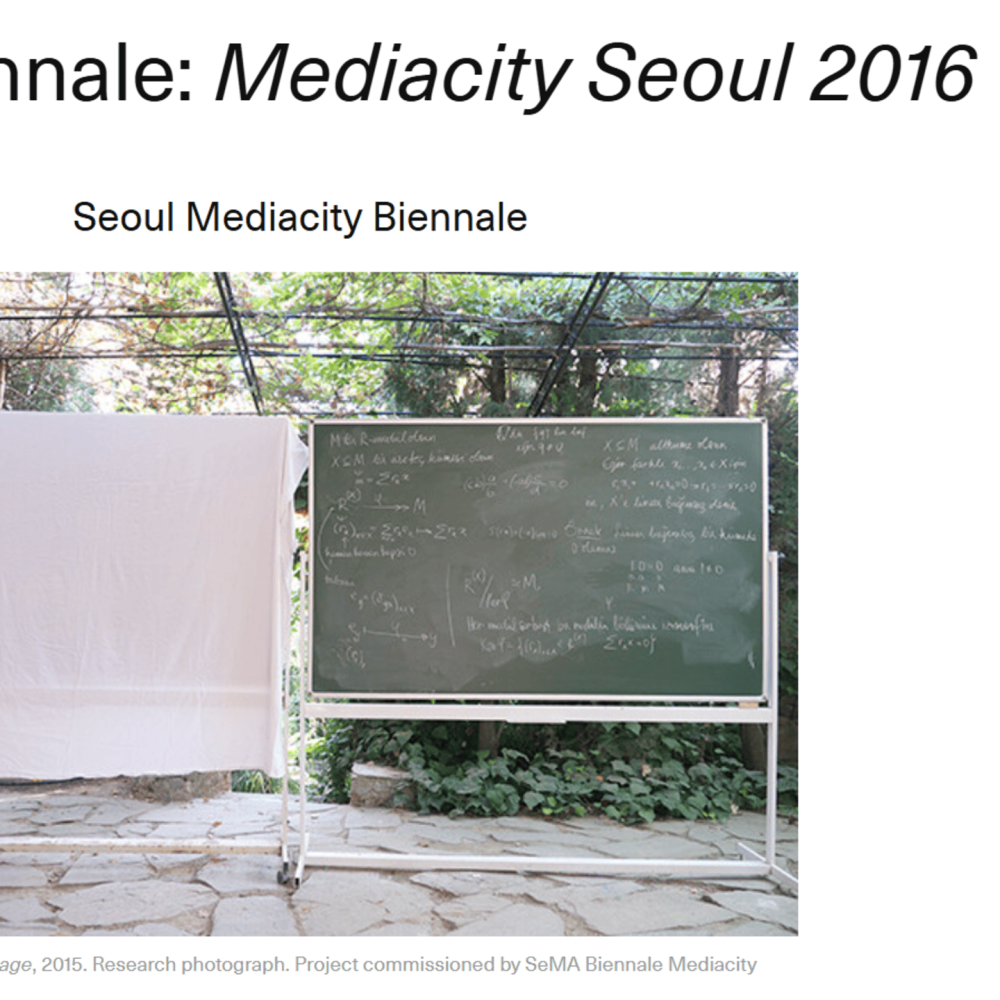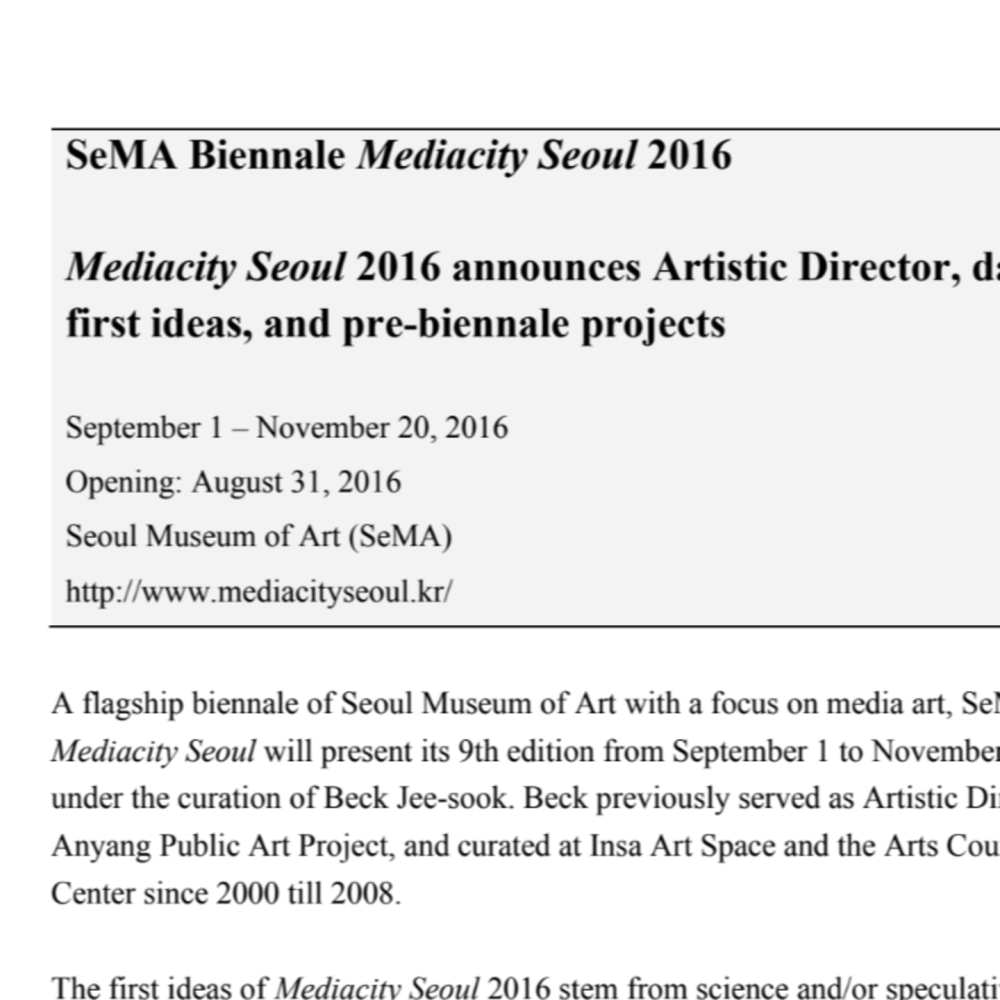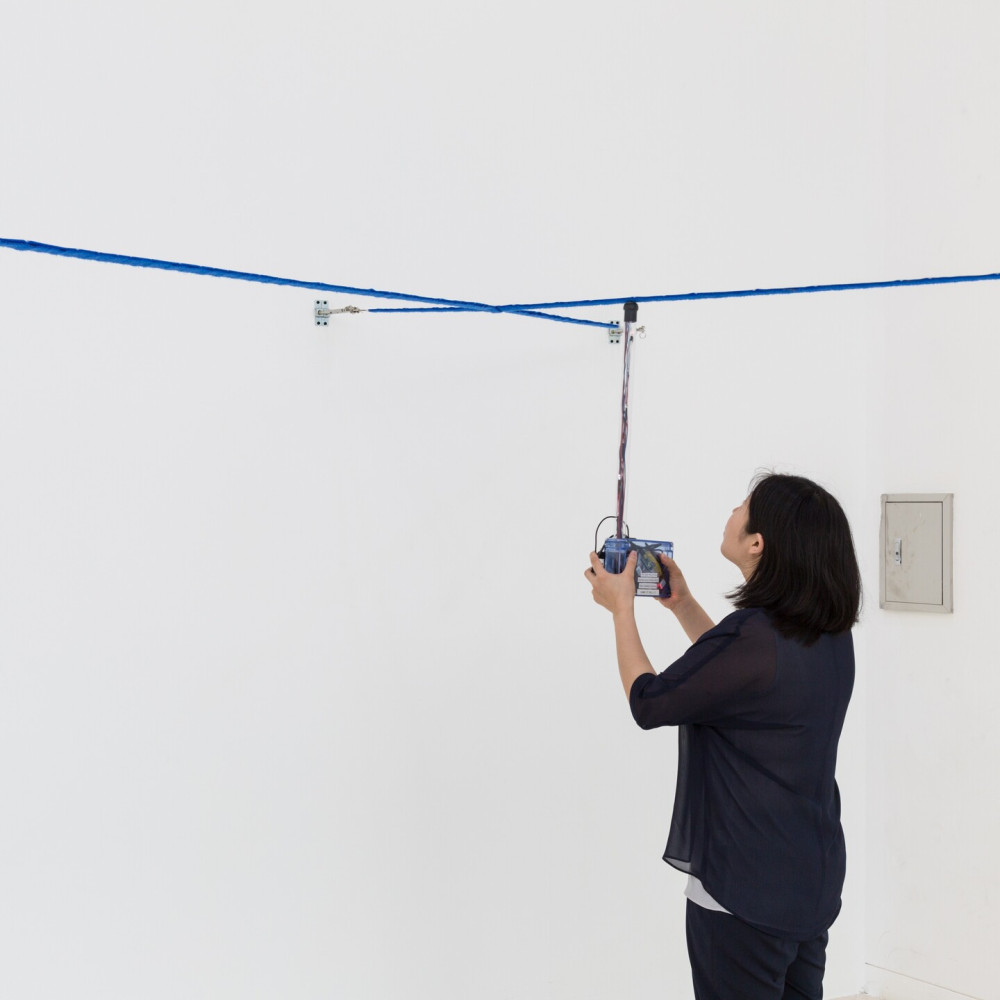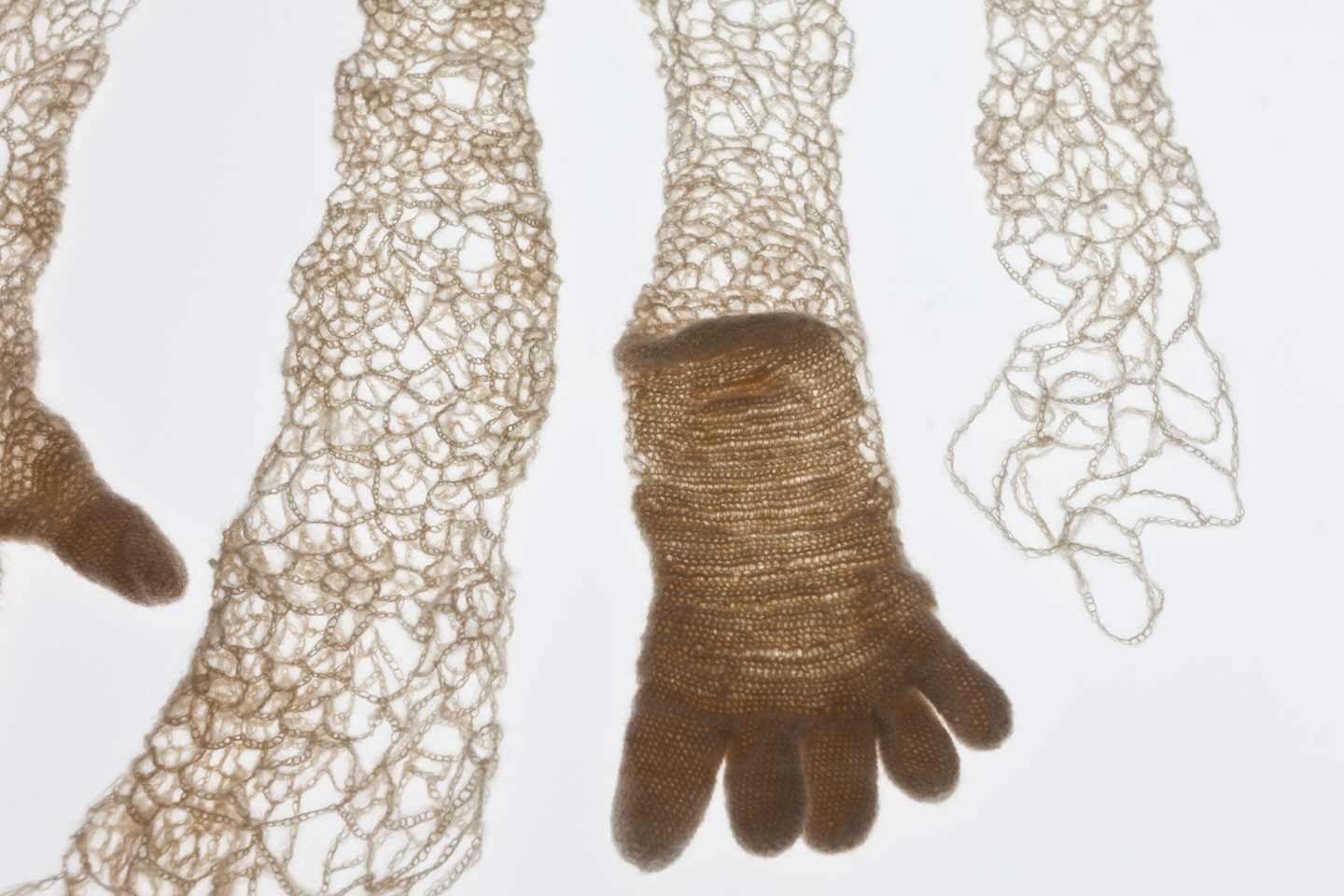
Sonja Bäumel fashion artifacts by using skin bacteria that is invisible yet exists all over the body. The work’s threads, when placed loosely on the body, display the bacteria’s reactions based on changes in body temperature; these signs increase gradually with time. For Crocheted Membrane, the artist observed these processes of bacteria covering the body translated it to clothing, a portion of which she crocheted. With this work, she claims that we should recognize the fact that human beings co-exist with bacteria, and ultimately we can gain a more harmonized view on the body with that in mind. Cartography of the Human Body is a collaborative project with bacteriologist Erich Schopf; he collected, analyzed, and recorded the bacteria from B?umel’s body and visualized them using a culture dish as canvas and B?umel’s skin bacteria as colors.
“The crocheted membrane translates scientific data into crochet pieces representing a design language in-between science and fashion design. How would a piece of clothing, which is defined by personal physical needs or, for example, our body temperature look like?” (Sonja Bäumel)
